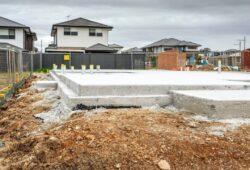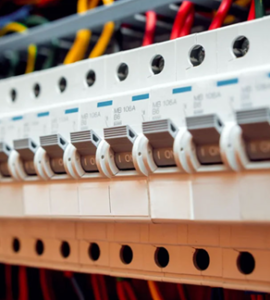
Cost Estimation for Home Addition Contractor
 Posted On
Posted On
Embarking on a home addition project involves a nuanced understanding of the associated costs. This breakdown offers homeowners a realistic perspective on budgeting by examining the various components involved in hiring a home addition contractor. Key considerations include materials, labor, permits, and potential unexpected expenses.
1. Materials:
Structural Materials: The primary materials for the home addition, such as framing, roofing, siding, and flooring, constitute a significant portion of the budget. Costs vary based on material choices, with options ranging from standard to premium selections.
Windows and Doors: Including energy-efficient windows and quality doors in the budget is crucial. The type, size, and specifications of these elements impact overall costs.
2. Labor Costs:
Construction Labor: Labor costs account for a substantial portion of the budget. This includes skilled trades such as carpenters, electricians, plumbers, and HVAC professionals. The complexity and duration of the project influence labor expenses.
Project Management: Some contractors may include project management fees in their labor costs. This covers oversight, coordination, and scheduling throughout the construction process.
3. Permits and Fees:
Building Permits: Obtaining necessary building permits is a vital step and comes with associated fees. The cost depends on the scope and value of the project and varies by location.
Inspection Fees: Municipalities often require inspections at different stages of the construction process, each accompanied by inspection fees. Budget for these fees to ensure compliance with local regulations.
4. Architectural and Design Services:
Architectural Drawings: Hiring an architect to create detailed drawings of the home addition is an expense that contributes to project clarity and precision. Fees depend on the complexity of the design and the architect’s rates.
Design Consultation: Some contractors may offer design services or collaborate with architects to create a cohesive and functional addition. These services may incur additional costs.
5. Site Preparation and Excavation:
Site Clearance: Preparing the construction site, including clearing vegetation or existing structures, contributes to the overall budget. Costs vary based on the size and condition of the site.
Excavation: If excavation is necessary for foundation work, basement construction, or other elements, this adds to the costs. Soil conditions and the depth of excavation impact expenses.
6. Unexpected Expenses (Contingency):
Contingency Fund: Allocating a contingency fund is essential for unforeseen challenges or changes during construction. Industry standards suggest setting aside 10-15% of the overall budget for contingencies to address unexpected expenses without compromising the project.
Conclusion:
A comprehensive understanding of the costs associated with a home addition contractor empowers homeowners to budget effectively and plan for a successful project. By considering materials, labor, permits, architectural services, unexpected expenses, site preparation, utilities, and finishing touches, homeowners can create a realistic budget that accommodates both the envisioned design and potential challenges that may arise during construction. Collaborating closely with experienced professionals ensures transparency and a smooth journey from conception to completion.






